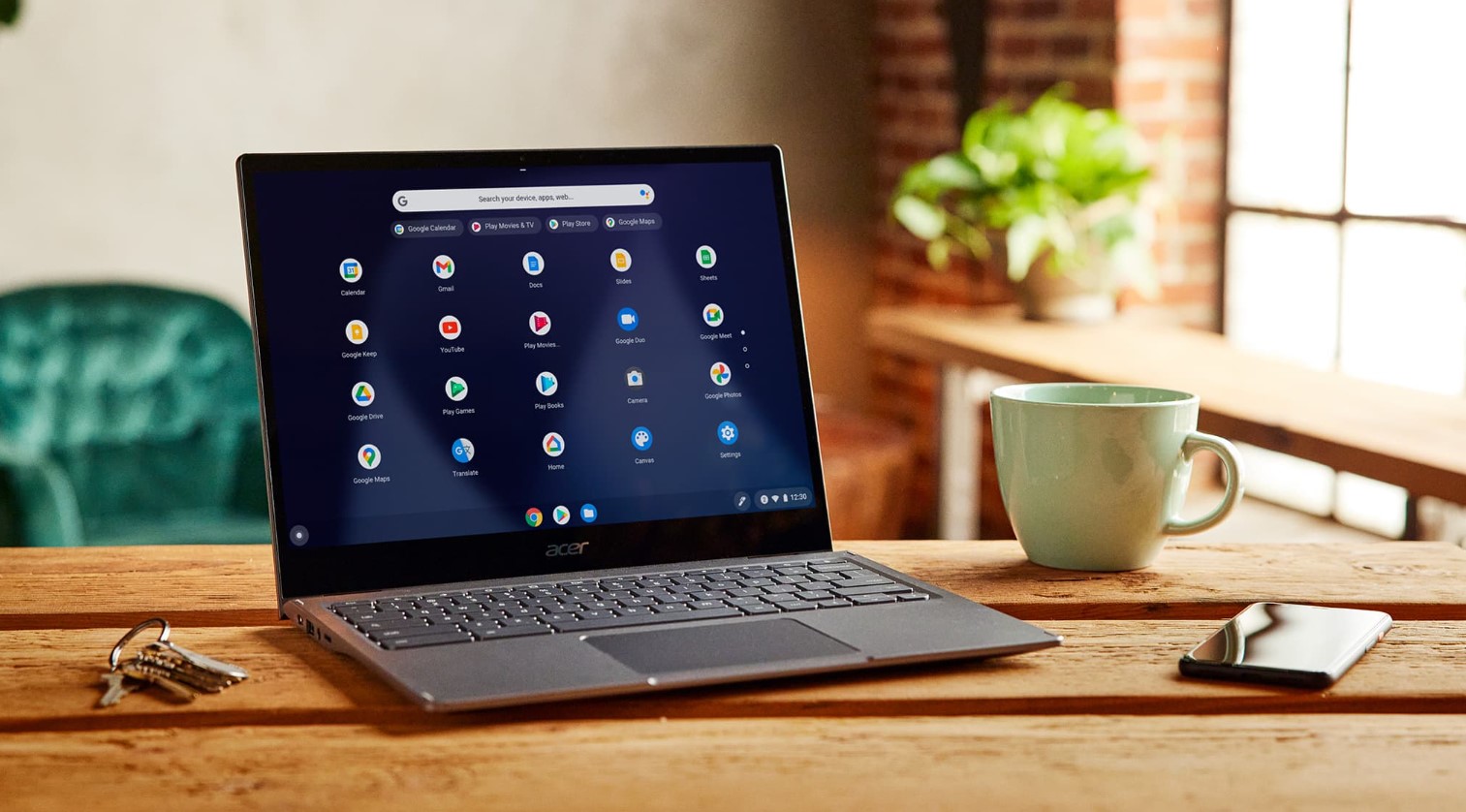American technology giant Apple continued to dominate the tablet market during the third quarter of the year, with a 40.7 per cent share, according to a report released this week by analyst firm Canalys.
Apple’s market share during the third quarter, with the company shipping 14,381 units, reflects a 0.2 per cent increase over the corresponding quarter in 2021 when the company had 40.5 per cent of the market.
However, despite the fact that Apple have improved their market share has also coincided with a general decline in the tablet market overall.
An example of this is the fact that Apple’s slightly smaller market share in the third quarter of 2021 coincided with a higher number of sales than in the third quarter of 2022, with the company selling 15,230 tablets during that time.

“The reduced need for tablets in the post-pandemic world has been exacerbated by the increased macroeconomic pressure on consumer spending. With in-person education largely resumed and people spending less time indoors and on devices, expenditure on refreshing or upgrading tablets is plummeting as household budgets are pared back. But promotional activity by vendors and retailers, including back-to-school deals, along with rising deployments in the commercial sector, have helped keep shipment volumes at a higher level than before the pandemic,” Canalys Analyst Himani Mukka said.
“While the tablet market is unlikely to reach the highs it enjoyed in 2020 and 2021 again, the trajectory is more positive than was anticipated a few years ago, and vendors are signalling continued focus on the category. New players are entering the market, especially in the low-to-mid-range Android space in Asia, a region that will offer growth opportunities across end-user segments in the coming years,” Mukka added.
The analyst noted that the medical and automotive industries in India are verticals that are ramping up deployments of commercially purposed tablets.
“Industry heavyweight Apple now has a wide tablet portfolio covering different price points and use cases and is also bringing its strongest innovation, the M2 chipsets, to the iPad Pro,” Mukka explained.
Meanwhile, the market for Google’s Chromebook devices also suffered during the third quarter of 2022, contracting by 29 per cent, the fifth consecutive time it has experienced a year-on-year decline.
Among Chromebook vendors, Acer had the lion’s share of the market with 25.9 per cent, shipping 1,069 units during the third quarter, followed by HP with 19.5 per cent, Lenovo with 18.6 per cent, and Dell with 18.2 per cent.
“Q3 brought further pressure to the Chromebook market as education demand saturation continued to take its toll. Since the education market first showed signs of saturation in Q3 2021, vendors have struggled to find growth opportunities in other segments while managing high inventory levels,” Canalys Research Analyst Brian Lynch said.
“Still, global education demand strongly favours Chromebooks as they account for the bulk of the installed base and are preferred by IT administrators across the US education system. Upcoming spikes in education demand will continue to benefit Chromebooks more than competing devices,” Lynch concluded.







Click here to change your cookie preferences